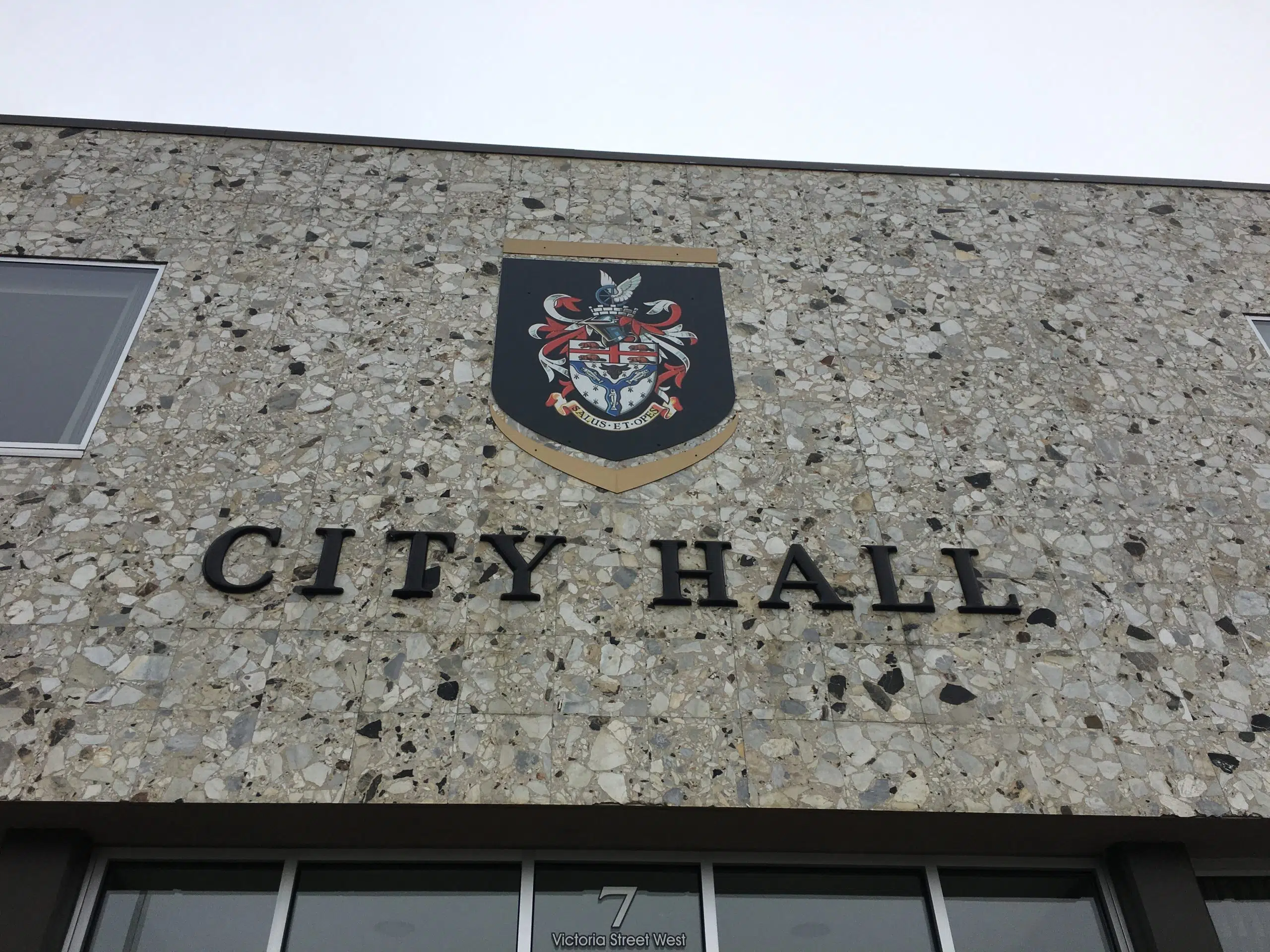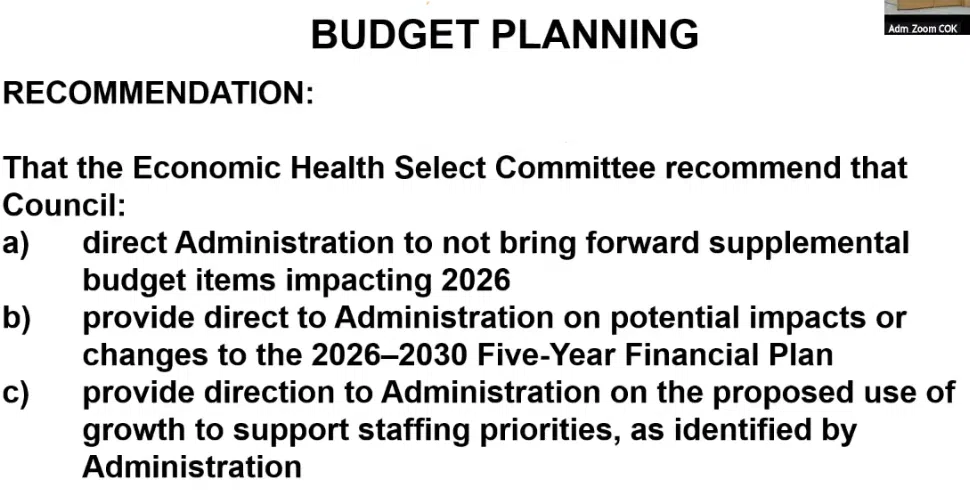
The City of Kamloops is making significant changes to how it handles supplemental budget requests, aiming for a more streamlined and transparent budgeting process that better aligns with community priorities and avoids mid-year surprises.
During a Finance Committee meeting on Thursday, July 10, Corporate Services Director Dave Hallinan presented a report recommending that administration no longer bring forward supplemental budget items that affect the current fiscal year — with the exception of community-driven requests. These supplemental items, often introduced outside the standard budgeting timeline, have previously caused disruptions and delays in finalizing the city’s financial plan.
“We have seen supplemental budget items come forward that end up impacting the current year,” Hallinan said. “What we want to do is recommend that they’re not coming forward any longer. The only exceptions would be for life safety, health-compliance risks, or legitimate community requests.”
The proposed approach would see all supplemental requests, unless urgent or already identified as part of Council’s strategic planning, deferred to future budgets. Hallinan emphasized that by doing this, the city could complete its annual budget by the end of the calendar year — a goal that has historically been elusive.
“So the recommendation that accompanies this report is direct administration not to bring forward supplemental budget items impacting 2026 as we’ve defined, provide direction to administration on potential impacts or changes to 2025, and then provide direction to administration on the proposed use of growth to support staffing priorities as identified by administration.”
A Shift Toward Priority-Based, Service-Oriented Budgeting
The new strategy is part of a broader push toward what several councillors described as a hybrid budgeting model — one that blends traditional departmental budgets with priority- and service-based planning.
Councillor Kelly Hall praised the direction, saying, “You’ve limited me by putting in strategic alignments to budgets, which I think is imperative, and by eliminating the supplemental [requests] unless it’s a need-to-have. That allows for more transparency and a more timely budgeting process.”
Councillor Dale Bass added support for the shift to service-based budgeting, particularly for how it could improve public understanding. “People don’t always realize the city provides services, not products. We need to find better ways to explain the cost of those services — whether it’s an RCMP officer or a snowplow,” she said.
Communicating the Costs of City Services
Hallinan acknowledged the challenge of translating complex municipal finances into digestible facts for the public. “Our job now is to stop talking like accountants and start using plain language. We’re trying to say, ‘This is what a firetruck costs. This is what it costs to run it. Here’s what you’re paying for.’”
He highlighted examples such as the $267,000 annual cost of a single RCMP officer, or the $1.7 million U.S. price tag of a new firetruck, to illustrate how the city plans to better communicate the value of its services to residents.
Understanding Inflation in Municipal Terms

Another key topic of discussion was how inflation is measured for the city. Hallinan explained that Kamloops — like other municipalities — faces cost pressures very different from those faced by households. “We don’t buy groceries, rent apartments, or purchase clothing,” he said. “We buy graders, concrete, garbage trucks, and traffic light systems.”
To better track relevant inflation, Kamloops is partnering with Kelowna to create a regional Municipal Price Index specific to the Thompson-Okanagan. This tool will help the city better forecast costs and manage tax increases.
Political Support for Change
The changes are largely supported by council members, with Committee Chairperson Mike O’Reilly noting, “At the end of the last budget season, we said we should be having these conversations in July — and here we are.”
Councillor Hall echoed those statements. “This report reflects what Council has been asking for over the past two years. Kudos to staff for bringing it together in such a clear way.”
With direction from Council expected in the coming weeks, the city appears poised to adopt a leaner, more strategic approach to budgeting — one that prioritizes transparency, timeliness, and long-term planning over short-term adjustments.















